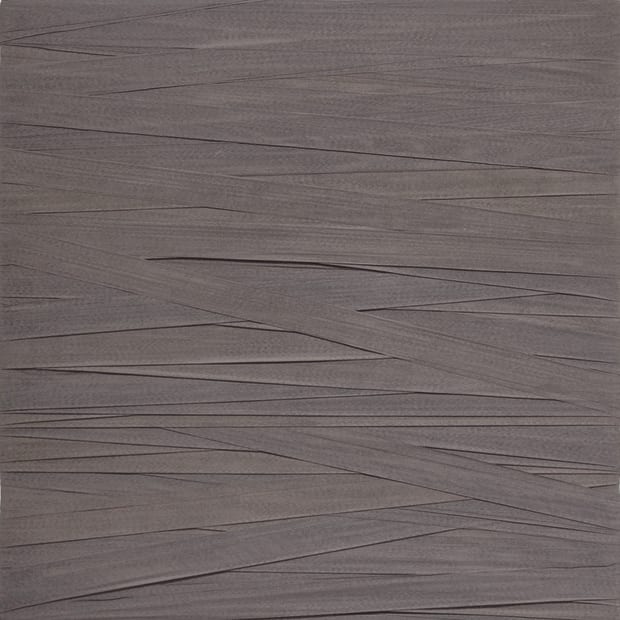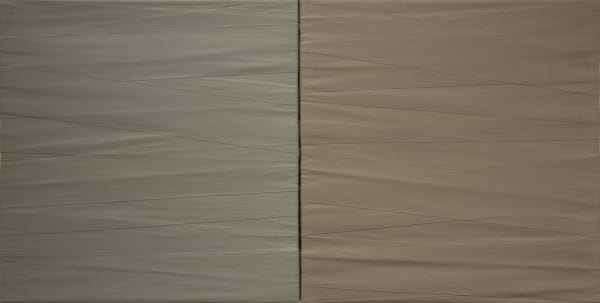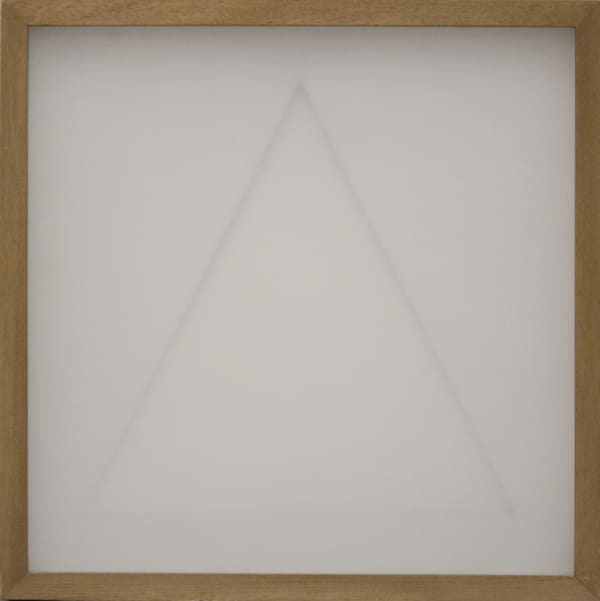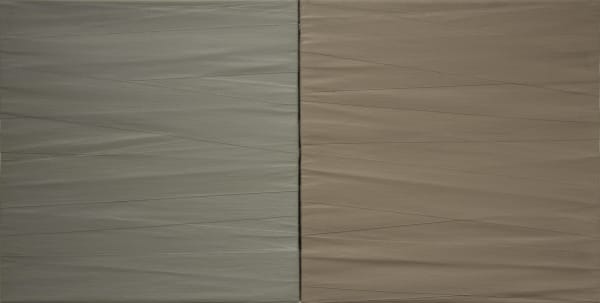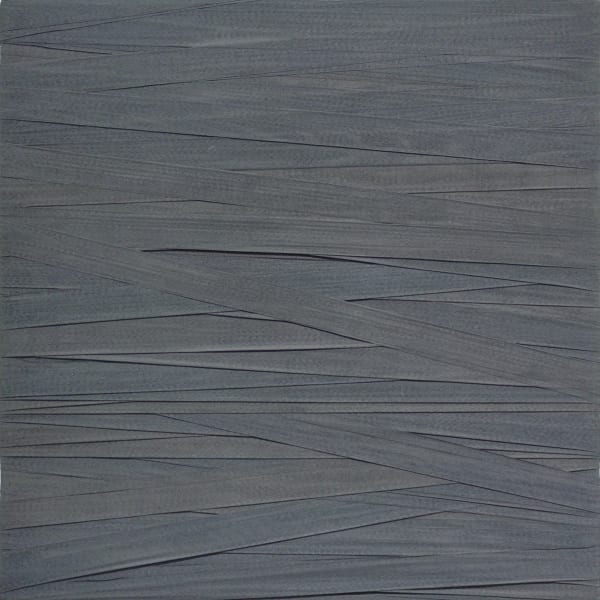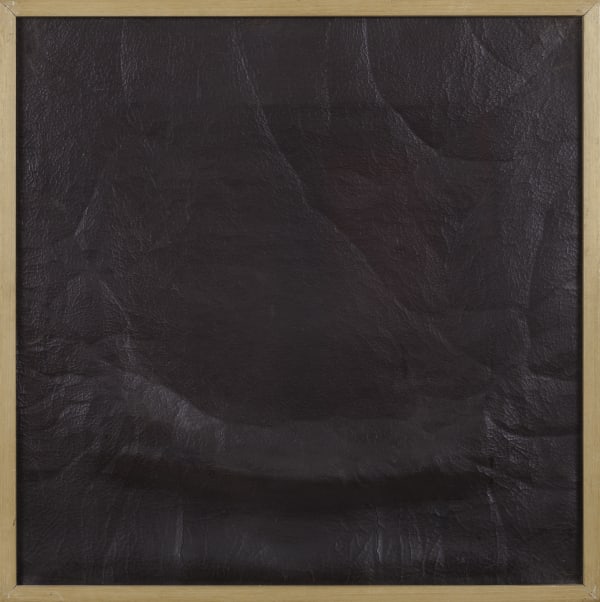THE DISCIPLINE OF THE ESSENTIAL: Paolo Cotani, Elio Marchegiani, Carmengloria Morales, Gianfranco Zappettini
Current exhibition
-

-
Analytical Painting, born under the sign of a non-movement, was represented by a group of distinct personalities, often in dialogue – or even in contrast – with one another. For these artists, painting was less an end in itself than a means to rediscover artistic language and to reaffirm, through gesture and process, the value of the artwork as both object and action.During the 1970s, the various research paths undertaken by these artists gave rise to a heterogeneous phenomenon – yet one that remained coherent in its shared intention: to go beyond the notion of art as purely subjective or emotional expression. Paradoxically, it is precisely this lack of formal cohesion that makes Analytical Painting so relevant today. None of the artists ever claimed to represent a common aesthetic; each developed a personal reflection through the concrete experience of painting. The artwork thus becomes a work in progress, shedding its traditional aura to become a conscious practice.
-
 Paolo Cotani, Bende, 1976, Acrilico e bende elastiche, 100 × 100 cm
Paolo Cotani, Bende, 1976, Acrilico e bende elastiche, 100 × 100 cm -
 Paolo Cotani, Tensioni, 2007, Cinghie e acciaio, 257 × 75 x 15 cm
Paolo Cotani, Tensioni, 2007, Cinghie e acciaio, 257 × 75 x 15 cm -
-
 Carmengloria Morales, Dittico R 73-5-2, 1973, Grafite e tela, 150 × 65 cm
Carmengloria Morales, Dittico R 73-5-2, 1973, Grafite e tela, 150 × 65 cm -
 Gianfranco Zappettini, Grafite 2b su tele sovrapposte n.156, 1975, Grafite su tela, 130 × 130 cm
Gianfranco Zappettini, Grafite 2b su tele sovrapposte n.156, 1975, Grafite su tela, 130 × 130 cm -
In recent years, while remaining faithful to his methodology, Zappettini has introduced new elements into his work: he has become increasingly drawn to geometric structures and has even reintroduced color – an element he had deliberately avoided in the 1970s. These shifts, though diverse, orbit around a core idea that defines his practice: the idea of painting as a tool for inner knowledge and for exploring the nature of reality.
-
-
Since the late 1950s, Elio Marchegiani has developed a multifaceted artistic path, in which painting becomes the privileged terrain for constant experimentation – between a deeply reflective gesture and an acute sensitivity to the external context in which the work takes shape. For Marchegiani, art is never self-referential, but rather a concrete operation that interrogates and deconstructs the very mechanisms of the art system.Between the 1960s and 1990s, Marchegiani stood out for his radical and nonconformist approach, in which painting was subjected to continuous questioning. His most recognizable hallmark – the Colore grammopeso (“gram-weight color”) – is more than just a stylistic signature: it is a way of probing the physical value of color, its real and material weight, in stark contrast to its traditional lightness and immateriality. Marchegiani has consistently shown an ability to subvert the rules of his own practice, never settling into predefined formulas, always in search of a personal path that led him to work with unconventional materials and unusual techniques, while maintaining a strong poetic coherence.It is precisely within this tension – between rigor and invention, between lightness and depth – that the strength of Elio Marchegiani’s work lies: an art that does not simply represent, but one that thinks and rethinks itself, inviting the viewer to do the same.
-
-
Installation Shots
-
Works
-
 Paolo Cotani, Benda, 1976
Paolo Cotani, Benda, 1976 -
 Paolo Cotani, Bende, 1976
Paolo Cotani, Bende, 1976 -

Paolo Cotani, Torsioni, 2006
-

Paolo Cotani, Tensioni, 2007
-

Carmengloria Morales, Dittico R 73-5-2 , 1973
-

Elio Marchegiani, Clausura, 1963
-

Elio Marchegiani, Plexiglass (triangolo), 1964
-
 Elio Marchegiani, Gomma, 1970
Elio Marchegiani, Gomma, 1970
-

